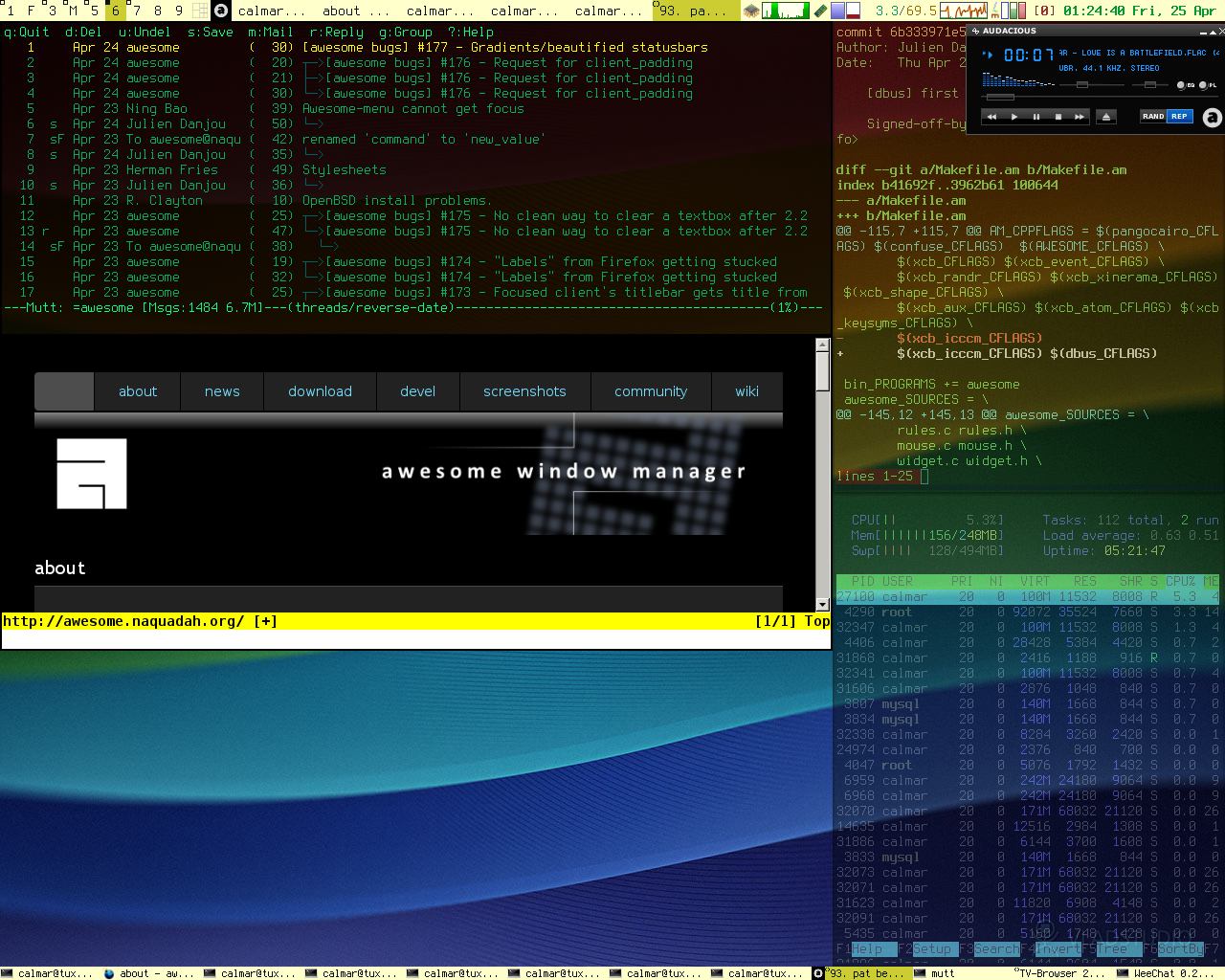

I started the project because I use C applications that target a linux environment a lot and although remote development has come a long way, it is still in my opinion pretty awful. If you can't get it working, raise and issue and I'll help if I can. I'll not get into the details here but it's all documented on the github repository (which you are welcome to star). however a workaround for this does exist, which I may write about later. This solution does not seem to play nicely with resume from suspend / hibernate. This is more of a show and tell / introduction to my toolbar project. I won't be doing a hand-holding tutorial (not at this point at least). This particular solution is focused on WSL 2, but will also work on WSL 1. it's more of a brain dump of what I did, the project that I maintain, and how you can run every Linux UI application in a sensible way alongside windows. And this is a productivity machine after all.

Which means things tend to work out of the box. Not because of Linux, I hasten to emphasize, but because Windows and (occasionally) Mac are the only operating systems that most peripheral vendors care about these days. Although you can usually do all of those things on Linux, it usually involves more effort than I'm willing to invest these days. If it was my choice, I would never touch Windows because it's just not as developer friendly, and I'm a professional developer.īut sometimes you want to run Office. On Fedora/CentOS and other RHEL-based systems: sudo dnf install xmonad 2.Yes those GUI windows are all Linux apps. To install xmonad on Debian/Ubuntu, run: sudo apt install xmonad As for its feature set, the program offers an extensive extensions library, Xinerama support (for multi-display setups), and on-the-fly reconfiguration, among others. One of xmonad's biggest advantages is that it automates window arrangement for you, so you can focus better on getting your work done.

However, for those with a good understanding of the language, the scope of customizability and usability reaches far beyond what you can get out of most window managers. Since it's written in Haskell, it can be quite challenging to understand and configure xmonad's configuration file right away, especially if you have no prior experience with Haskell. It's written in Haskell and comes with a configuration file that helps you personalize its behavior to your preference. Xmonad is a free and open-source dynamic tiling window manager for Linux.


 0 kommentar(er)
0 kommentar(er)
